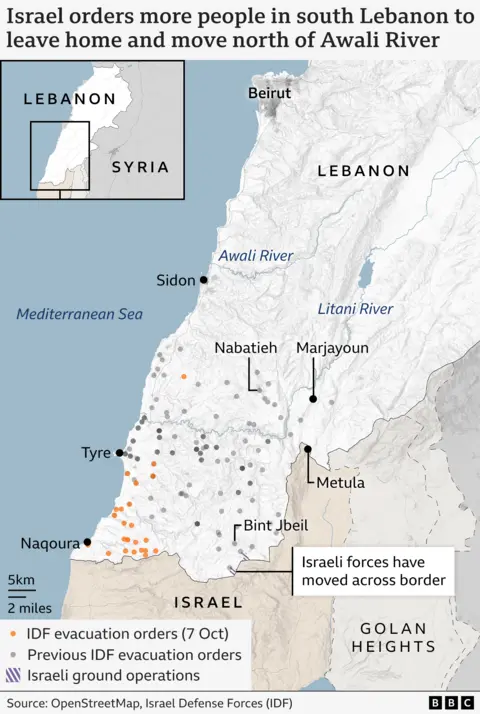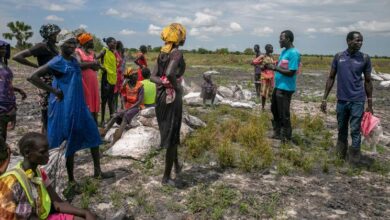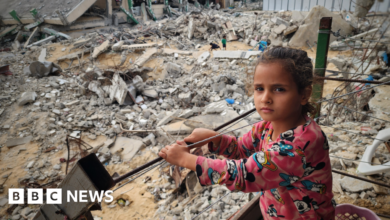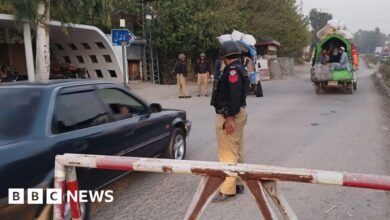The Israeli army expands its invasion into southwestern Lebanon
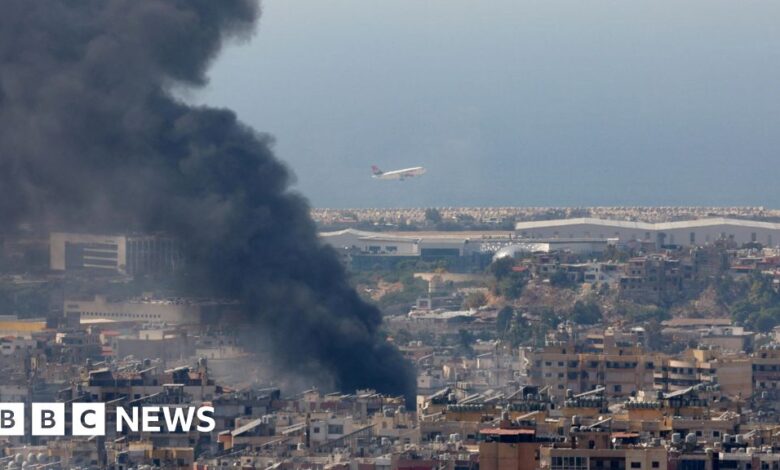
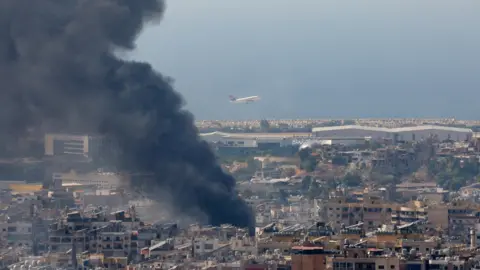 Reuters
ReutersIsrael is expanding its ground invasion of Lebanon against Hezbollah, sending thousands more troops to a new area in the southwest of the country.
The Israel Defense Forces (IDF) said the fourth division took part in an eight-day ground campaign aimed at destroying Hezbollah targets and infrastructure.
Meanwhile, Israeli Defense Minister Yoav Gallant told officials that the successor to assassinated Hezbollah leader Hassan Nasrallah “has probably also been eliminated”.
He spoke hours after Nasrallah’s former deputy, Naim Qassem, asserted that the Iran-backed group had weathered recent “painful blows” from Israel and that its capabilities were “fine.”
Hezbollah fighters on Tuesday launched a barrage of rockets toward the northern Israeli port city of Haifa for the third consecutive day, injuring 12 people.
According to Lebanese authorities, the group remains defiant despite three weeks of intense Israeli attacks and other attacks in Lebanon that have left more than 1,400 people dead and 1.2 million others displaced.
Israel launched its offensive after nearly a year of cross-border fighting sparked by the war in Gaza, and said it wanted to ensure the safe return of tens of thousands of displaced residents of the Israeli border area. displaced by Hezbollah rocket, missile and drone attacks.
Hostilities have steadily escalated since Hezbollah began firing rockets into northern Israel in support of the Palestinians on October 8, 2023, a day after its ally Hamas’s deadly attack on southern Israel .
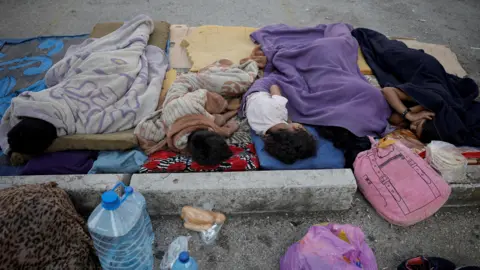 Reuters
ReutersOn Tuesday morning, the IDF announced that reservists from its 146th Division had begun “targeted, localized and limited combat operations” in southwestern Lebanon.
It joins three standing army divisions operating in the central and eastern regions of south Lebanon since the invasion began on September 30, and is said to have increased the total number of troops deployed to more than 15,000 people.
The IDF also said Tuesday that the army had taken control of what it called a Hezbollah “combat complex” in the border village of Maroun al-Ras. They released photos showing what they said was a loaded rocket launcher in an olive grove, as well as weapons and equipment inside a residential building.
Meanwhile, drone footage showed widespread destruction in the nearby village of Yarounwhich was the original target of the invasion.
On Monday, the IDF ordered the evacuation of two dozen other towns and villages in southwestern Lebanon. They asked locals to go north of the Awali River, about 50km (30 miles) from the border.
The IDF also warned vacationers and boaters to stay away from beaches and waters south of Awali.
In a joint statement, the UN special coordinator for Lebanon and the head of UN peacekeeping warned that the humanitarian impact of the conflict was “nothing short of catastrophic”. , with “too many people… paying an unimaginable price.” ”.
The Lebanese government says up to 1.2 million people have left their homes in the past year. Nearly 180,000 people are in approved centers for displaced persons.
In addition, more than 400,000 people have fled to war-torn Syria, including more than 200,000 Syrian refugees – a situation that the head of the United Nations refugee agency described as one of “tragic absurdity”.
Meanwhile, the World Food Program said there was “particular concern about Lebanon’s ability to continue to feed itself” as thousands of hectares of farmland across the south of the country have been burned or abandoned.
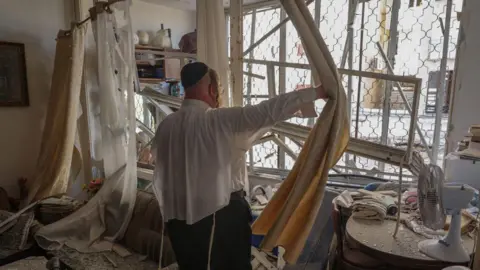 AFP
AFPThe IDF also said its aircraft carried out a new round of attacks on Hezbollah targets in the southern suburbs of Beirut, where the group has a strong presence, and other areas of Lebanon on Tuesday.
They previously announced that an attack in the capital on Monday killed Hezbollah headquarters commander Suhail Husseini. He oversaw logistics, budgeting and management for the corporation and played a “key role” in arms transfers from Iran.
Hezbollah did not comment on this statement. But if confirmed, it would be the latest in a series of heavy blows Israel has dealt to the group, with Hassan Nasrallah and most of its military commanders killed in the attacks similar in recent weeks.
Hashem Safieddine, a top Hezbollah official who is widely expected to succeed his cousin Nasrallah as leader, has also not been mentioned publicly since an alleged Israeli airstrike. targeted him in Beirut last Thursday.
“Hezbollah is an organization without a leader. Nasrallah has been eliminated, his replacement is probably also eliminated,” Yoav Gallant said in a short video released by the IDF but did not provide further information. detail. “No one makes decisions, no one takes action.”
Hezbollah’s deputy leader said in a defiant televised address from an undisclosed location on Tuesday morning that its command and control was “solid” and “non-positional.” blank,” citing attacks on Israel in recent days.
“We are hurting them and we are buying time,” Naim Qassem said. Dozens of cities are within range of the resistance’s missiles. We assure you that our capacity is fine.”
But Qassem also appeared to leave the door open for a negotiated ceasefire, saying he supported the efforts of Lebanese Parliament Speaker Nabih Berri, a Hezbollah ally.
For the first time, he did not mention a pause in hostilities in Gaza as a precondition, although it was unclear whether this would mean a change in Hezbollah’s position.
His speech coincided with the launch of more than 100 missiles toward the Gulf of Haifa, as well as the Lower, Middle and Upper Galilee regions.
The IDF said most of the rockets were intercepted, but some fell to the ground and caused some damage to buildings, including a school. There were no serious casualties.
On Sunday night, there was a direct attack on Haifa – something that has not happened since Israel and Hezbollah last fought each other in 2006.
